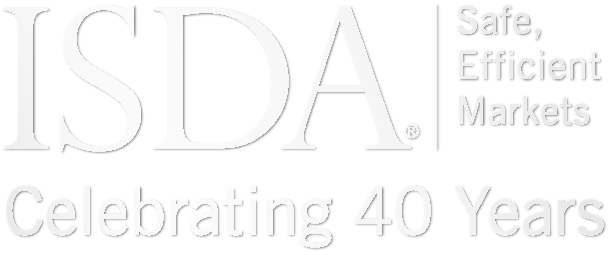The European Securities and Markets Authority (ESMA) recently drew attention to concerns about clearing access for smaller derivatives users. In a July 2016 consultation paper, it notes that “certain financial counterparties with a limited volume of activity appear to be facing difficulties in getting access to … clearing”. In response, ESMA has proposed more time for these entities to implement the clearing mandate.
The issue of clearing access for smaller derivatives users in the US has also been raised as a concern. To further examine these issues, ISDA conducted an analysis of publicly available data on clearing. The Association also surveyed and held discussions with small derivatives users in both the US and European Union (EU).
Among our findings:
- Over the past 18 months, there have been significant changes in the market share and the level of required client segregated funds for cleared swaps held by the top US futures commission merchants (FCMs). These changes likely reflect FCM business model shifts due to the impact of new capital requirements, as well as rising operational costs.
- As a result, some derivatives users have faced dislocation from their existing FCMs, and have needed to establish new FCM relationships in order to continue using swaps that are mandated for clearing.
- While it appears they have largely been successful in doing so, their costs are increasing, as FCMs impose minimum revenue thresholds for their swaps clearing clients.
- Monthly mandatory minimum clearing fees or minimum revenue thresholds appear to be standard among larger clearing members in the EU and are increasingly common in the US.
- In Europe, where there is no exemption from clearing for small financial end users (as there is in the US), these fees will be especially significant. ISDA’s analysis indicates the fees will range from $100,000 to $280,000 per year.
- It is difficult to precisely determine the total clearing costs that will be incurred in aggregate by small derivatives users based in the EU. ESMA estimates there are approximately 5,500 Category 3 financial counterparties. But a number of these are likely to be individual accounts managed by large asset managers that would not be subject to monthly minimums.
Documents (1) for Key Trends in Clearing for Small Derivatives Users
Latest
Response on Commodity Derivatives Markets
On April 22, ISDA and FIA submitted a joint response to the European Commission’s (EC) consultation on the functioning of commodity derivatives markets and certain aspects relating to spot energy markets. In addition to questions on position management, reporting and...
Episode 50: The Value of Derivatives
A new report from ISDA shows that companies all over the world use derivatives to alleviate uncertainty, transfer risk and enhance profitability. ISDA discusses the findings with Boston Consulting Group’s Roy Choudhury. Please view this page via Chrome to access...
ISDA/IIF Response to EC Market Risk Consultation
On February 22, ISDA and the Institute of International Finance (IIF) submitted a joint response to the European Commission’s (EC) consultation on the application of the market risk prudential framework. The associations believe the capital framework should be risk-appropriate and...
ISDA Submits Letter on Environmental Credits
On April 15, ISDA submitted a response to the Financial Accounting Standards Board’s (FASB) consultation on environmental credits and environmental credit obligations. The response supports the FASB’s overall proposals to establish clear and consistent accounting guidance for environmental credits, but...


